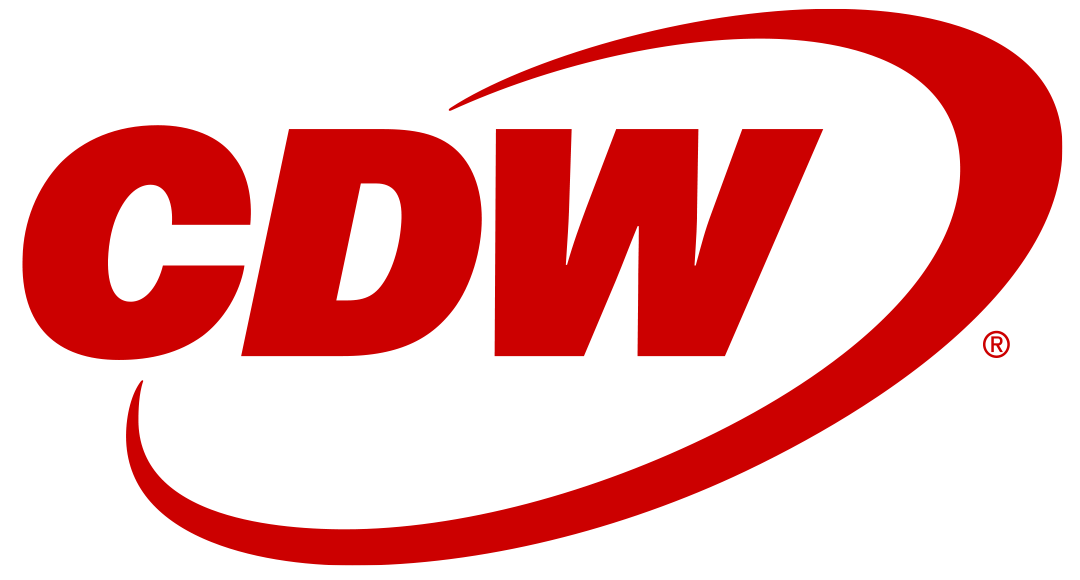
Holistically speaking, after you complete your pre-migration process, you’re ready to migrate, and trust me, not all migrations are the same. They can be tedious, time consuming, and if poorly planned and executed a bit of a… well, let’s not go there.
So, what approach are you taking for your cloud migration? Did you know the AWS Cloud Migration Factory approach can help to:
- Streamline your large-scale cloud migration
- Standardize your processes
- Reduce costs
- Improve your outcomes
Still interested?? Let’s start at the beginning, what’s the difference between a Cloud Migration Factory and a Traditional Migration approach — To keep things simple, I asked my local AI bot to assist with this…
A "Cloud Migration Factory" is a term used to describe an approach to cloud migration that emphasizes automation, standardization, and efficiency. It is often contrasted with traditional approaches to cloud migration, which can be more ad-hoc and manual.
Sounds simple enough, so why doesn’t everyone take a Cloud Migration Factory approach? Well, it’s more than choosing approach A or B, it’s about how your organization values cloud and the outcomes you’re looking to achieve. Are you looking to reduce costs, increase agility, or reduce risk – Cloud Migration Factory is most likely the path for you.
Moving on to the benefits of automating manual processes like provisioning servers and network configuration settings — Not only are these tasks time consuming but also highly error prone. With the Cloud Migration Factory approach, we automate manual processes through a single orchestration platform. This allows you to expedite and reduce the cost of your lift and shift migration, reduce the chance for human error, manage the migration through a web interface, and monitor your progress.
Let's take a quick pause here to discuss the value of assessing your applications as part of this process. Many organizations take this time to evaluate their own digital transformation journey — Which applications are still functional, which need to be rewritten, which need to be retired — and what are the data dependencies associated. This is about increasing agility, reducing costs, and ultimately better serving your customers. On a side note, CDW can help with this as well.
On to standardization — While this one may seem obvious, taking an ad-hoc approach to your migration may lead to increased costs and …ahem...less than stellar results. When we utilize standard templates, processes, and configurations we ensure consistency and reduce variability…which, of course, helps to reduce likelihood of errors and simplifies management.
When you really think about it, it’s the combination of automation and standardization that creates the added benefits of efficiency. These efficiencies are actualized through:
- Ease of scalability with a large numbers of workloads
- Faster migrations with minimal operational disruption and less downtime
- Greater agility by enabling you to quickly migrate new workloads
I’d like to share one additional benefit before I sign off — With a traditional approach you’re basically starting over with each application you migrate. With a Cloud Migration Factory approach, systems and tools will already be in place, you’ll build upon your previous experiences, you’ll improve your process and workflows, and reduce risk with each workload you migrate.
Now I’d like to tell you a large-scale cloud migration is simple, but the truth is it’s not. What I can tell you is having a proven system in place and using the AWS Cloud Migration Factory approach makes migrating your applications and workloads easier… and with the help of a trusted partner like CDW… well, you know the rest.

